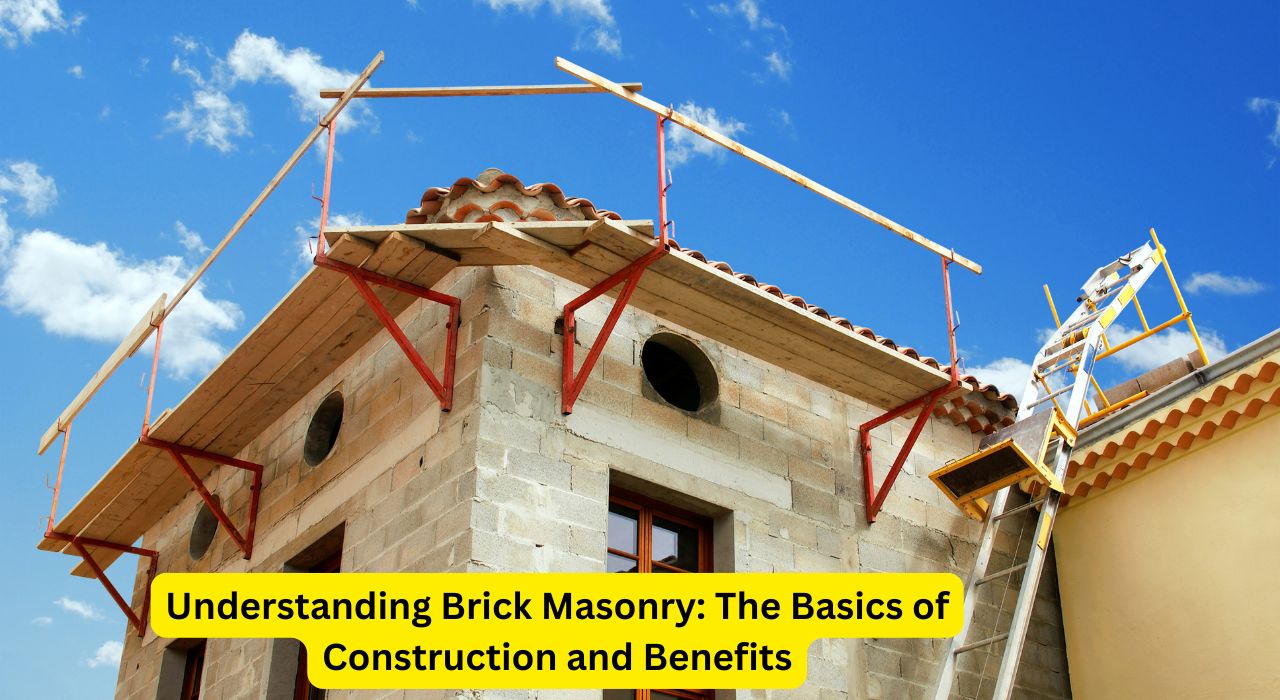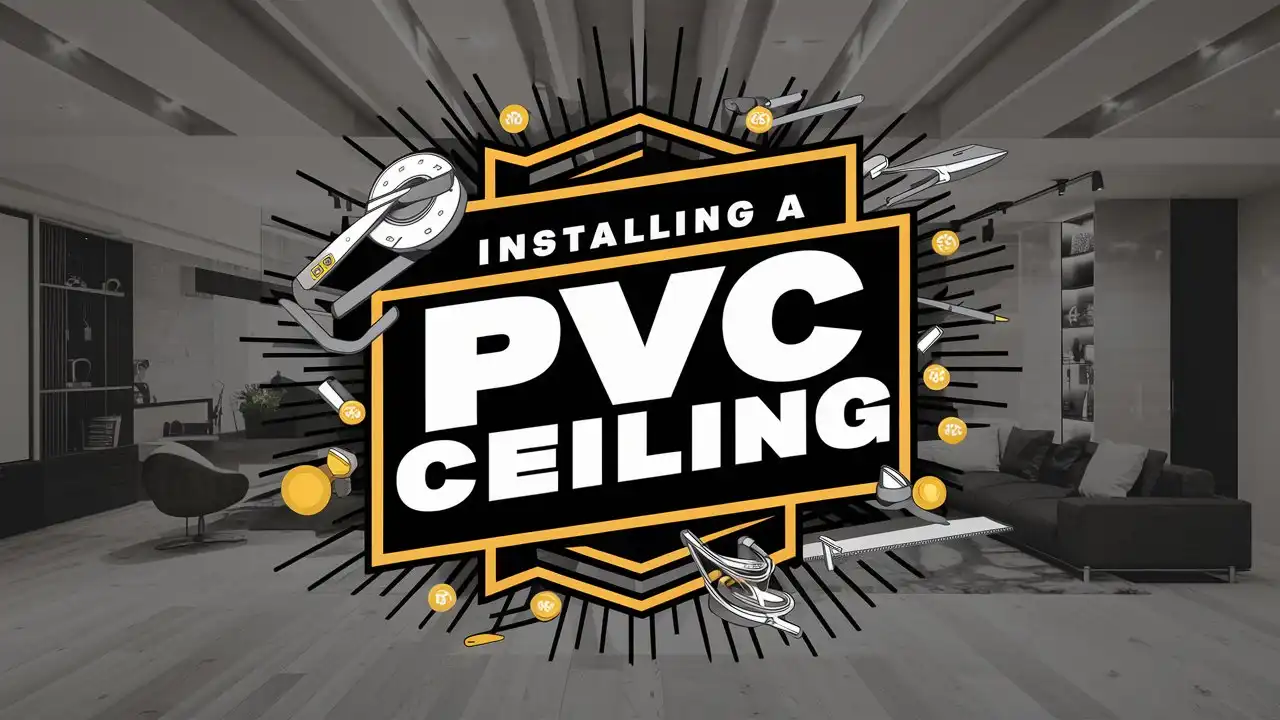Brick masonry is one of the oldest and most reliable forms of construction. For centuries, it has been used to build homes, walls, bridges, and other structures that stand the test of time. From ancient pyramids to modern-day buildings, brick remains a popular choice for its strength, durability, and timeless appeal. In this article, we’ll explore the fundamentals of brick masonry, its many advantages, and the essentials of building with brick—focusing on why brick masonry in Colorado Springs is particularly well-suited to local climates.
What Is Brick Masonry?
Brick masonry involves using bricks and mortar to create strong, lasting structures. Made primarily from clay, bricks are fired at high temperatures, making them hard, durable, and capable of withstanding a variety of environmental stresses. When laid in a specific pattern and bonded with mortar (a blend of cement, lime, and sand), these bricks form a sturdy wall or structure. The art of bricklaying requires precision and skill, making it one of the most respected crafts in construction.
Types of Brick Masonry
- Solid Masonry: This traditional form features bricks laid continuously without gaps. It offers strong structural integrity and excellent insulation properties.
- Cavity Wall Masonry: In this type, two layers (or wythes) of bricks are separated by a gap or cavity. This cavity can provide insulation and protect against moisture, ideal for areas with varying weather, such as Colorado Springs.
- Reinforced Masonry: Steel reinforcements are added within the brick structure for additional strength. This method is common in high-rise buildings, retaining walls, and structures needing extra durability.
Benefits of Brick Masonry
- Durability
Bricks are known for their longevity. They can withstand harsh weather conditions, including wind, rain, and even fire. Unlike wood, bricks resist rot and are not affected by pests like termites, making them especially practical in Colorado Springs’ diverse climate. - Aesthetic Appeal
Bricks bring a classic, timeless look to any structure, whether it’s a home or office building. Available in various colors, textures, and sizes, bricks allow for endless design possibilities, adding rustic charm and character to buildings. - Thermal Insulation
Brick walls provide natural insulation, helping homes stay cool in summer and warm in winter. This can lead to energy savings on heating and cooling costs—an attractive benefit for Colorado Springs residents who experience both warm summers and cold winters. - Low Maintenance
Brick structures require minimal upkeep. A simple cleaning and periodic inspection for cracks are generally enough to keep them in good condition for years. Unlike painted walls that need regular repainting, brick maintains its appearance with little effort. - Eco-Friendly
Bricks are made from natural, abundant materials, making them a sustainable building choice. They can be recycled and reused, reducing waste and energy consumption in production compared to other construction materials.
The Brick Masonry Construction Process
- Planning and Design
Every brick masonry project begins with detailed planning and design. This includes choosing the right brick type and determining the structure’s dimensions. Proper planning ensures that the final structure will be aesthetically pleasing and structurally sound. - Site Preparation
Before construction, the site is cleared and leveled, and a foundation is set up. In Colorado Springs, local soil types and weather conditions are considered to ensure a sturdy base for the structure. - Laying the Bricks
Bricks are laid in a specified pattern with precision, aligned, and bonded securely with mortar. Common patterns include:
- Running Bond: Staggered bricks, each offset from the one below it
- Stack Bond: Bricks stacked directly atop one another for a uniform look
- English Bond: Alternating rows of headers (short side) and stretchers (long side)
- Flemish Bond: Each row alternates between headers and stretchers
- Curing the Mortar
After the bricks are laid, the mortar must cure, allowing it to harden and create a strong bond between the bricks. Proper curing is essential for the structure’s durability and strength. - Finishing Touches
Final touches include cleaning the bricks, filling gaps, and possibly applying a sealant to protect against moisture. Sealants enhance the bricks’ lifespan and may add to the visual appeal of the brickwork.
Common Challenges in Brick Masonry
While brick masonry has many advantages, it does come with some challenges:
- Weather Conditions
Temperature and humidity can affect mortar curing. In colder climates like Colorado Springs, mortar may need additives to prevent freezing. - Moisture and Water Infiltration
Excess moisture can weaken the mortar, leading to damage over time. Quality sealants and proper drainage help mitigate this issue. - Structural Shifts
Over time, buildings can settle or shift, causing cracks. Using reinforced masonry can reduce the impact of such shifts and preserve the brick structure.
Maintenance Tips for Brick Structures
- Regular Cleaning
Dust and dirt can accumulate on brick surfaces. Routine cleaning with water and mild soap will keep the brickwork looking fresh and vibrant. - Inspect for Cracks
Regularly checking for cracks or damage can prevent minor issues from escalating into larger, costlier repairs. - Apply Sealants
Using a sealant can protect brick surfaces from moisture, extending the lifespan of the brickwork. This is particularly useful in humid or rainy areas. - Avoid Harsh Chemicals
Harsh cleaning chemicals can damage bricks and mortar. Stick to mild, gentle cleaners to preserve the structure’s integrity.
Conclusion
Brick masonry is a time-honored construction technique combining durability, beauty, and functionality. Whether building a new home, adding a feature like a fireplace, or designing a patio, bricks offer versatility, energy efficiency, and low maintenance. For residents of Colorado Springs, brick masonry provides both aesthetic appeal and practical benefits in a climate where durability matters. By understanding the basics of brick masonry—from the construction process to long-term maintenance—you can make informed choices for your next building project.
Brick by brick, this classic construction method continues to stand strong, representing a blend of tradition and innovation that has shaped architecture for centuries.









